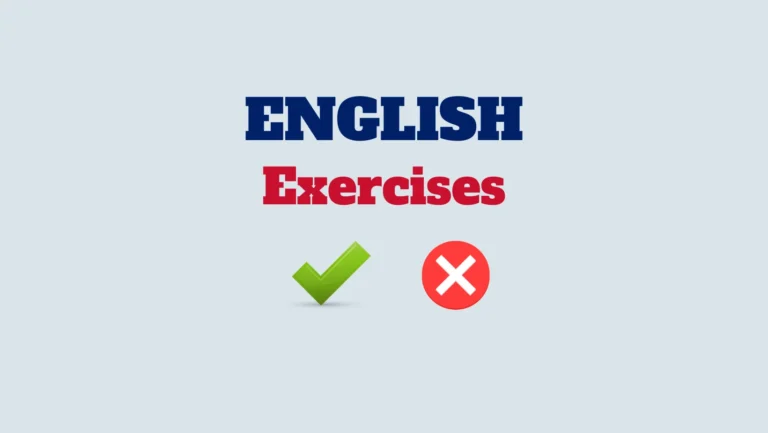The words “illegible” and “unreadable” both relate to difficulties in reading, but they refer to different issues. Understanding the difference between these terms is important for accurately describing why something cannot be read. This lesson will define each term and provide examples to clarify their meanings.
Illegible
Definition:
“Illegible” means impossible to read because the words or handwriting cannot be made out. This typically refers to text that is poorly written, smudged, or otherwise obscured, making it physically difficult to decipher the words.
Examples of use:
“For me, not the pharmacist, the prescription is illegible.”
“His handwriting was so messy that the note was completely illegible.”
“The old manuscript was faded and nearly illegible after years of wear.”
Unreadable
Definition:
“Unreadable” means that the material is uninteresting, poorly written, or otherwise difficult to engage with, even if the text itself is legible. This term often refers to content that is confusing, dull, or full of errors, making it hard to read or understand.
Examples of use:
“The grammatical errors made the letter simply unreadable.”
“The novel was so poorly structured that it was almost unreadable.”
“The report was filled with technical jargon, making it unreadable for most people.”
While both “illegible” and “unreadable” indicate challenges in reading, they address different problems. “Illegible” refers to text that is physically impossible to read due to unclear handwriting or other visual obstructions. “Unreadable,” on the other hand, refers to text that is difficult to read due to poor writing, lack of interest, or excessive errors.



